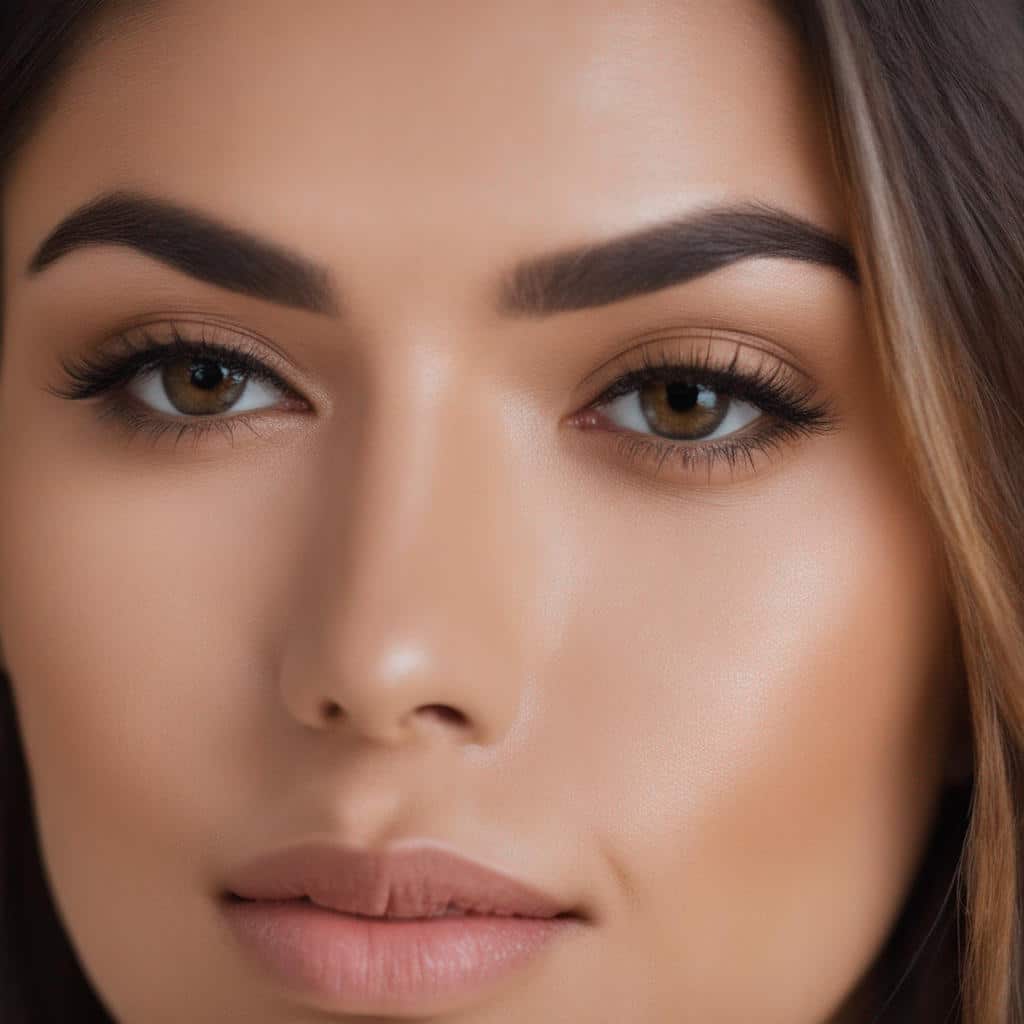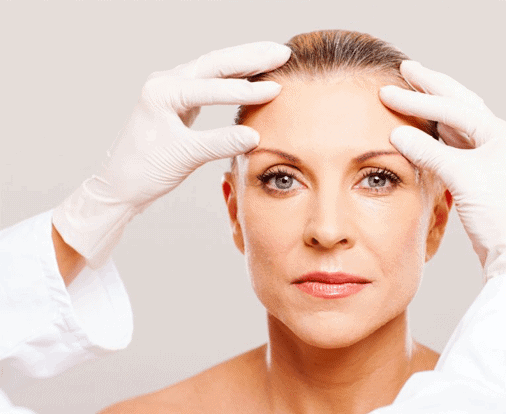The Difference Between Cosmetic and Functional Rhinoplasty
Rhinoplasty, commonly known as a nose job, is a surgical procedure that changes the shape and size of the nose. It can be performed for both cosmetic and functional purposes. Cosmetic rhinoplasty focuses on changing the appearance of the nose while functional rhinoplasty addresses structural issues or deformities that interfere with breathing.
The decision to have rhinoplasty should not be taken lightly as it involves risks and potential complications. It is important to understand what the procedure entails, its benefits, and its risks before deciding whether or not to proceed with surgery. This article will provide an overview of cosmetic and functional rhinoplasty, including their benefits and risks.
It is essential to consult with a qualified plastic surgeon prior to making any decisions about undergoing rhinoplasty. The surgeon will discuss all aspects of the procedure in detail so that patients can make an informed decision about whether or not it is right for them.
Rhinoplasty is a surgical procedure that changes the shape and size of the nose for both cosmetic and functional purposes, with risks and potential complications. Consultation with a qualified plastic surgeon is essential prior to making any decisions about rhinoplasty.
Cosmetic Rhinoplasty
What Is Cosmetic Rhinoplasty?
Cosmetic rhinoplasty, commonly referred to as a “nose job,” is a surgical procedure used to change the shape and size of the nose. It can be used to correct birth defects, injury, or breathing problems. This type of surgery is also used to improve the appearance of the nose for cosmetic reasons. During the procedure, the surgeon will reshape and reposition the bone and cartilage in order to create a more aesthetically pleasing nose. The overall goal of cosmetic rhinoplasty is to create a balanced facial profile that complements other features.
Benefits of Cosmetic Rhinoplasty
The primary benefit of cosmetic rhinoplasty is improved physical appearance. Many people are unhappy with their noses due to its size or shape, and this procedure can help them achieve a look they feel more confident about. Other benefits include improved facial symmetry, improved breathing due to better airway alignment, and enhanced self-esteem due to an improved sense of self-image.
Risks of Cosmetic Rhinoplasty
As with any surgery, there are risks associated with cosmetic rhinoplasty. These risks include infection, excessive bleeding, scarring, numbness or loss of sensation in the nose area, difficulty breathing after surgery due to swelling or tissue damage, and asymmetry between sides of the nose. Additionally, some people may not be satisfied with their results despite undergoing a successful procedure. It is important for patients to discuss all possible risks with their surgeons before deciding if this type of surgery is right for them.
|
Benefits of Cosmetic rhinoplasty
|
Risks of cosmetic rhinoplasty
|
|
Improved physical appearance
|
Infection
|
|
Improved facial symmetry
|
Excessive bleeding
|
|
Improved breathing
|
Scarring
|
|
Enhanced self-esteem
|
Numbness/loss of sensation
|
Functional Rhinoplasty
What Is Functional Rhinoplasty?
Functional rhinoplasty is a type of plastic surgery that focuses on the functional aspects of the nose. It is often performed to improve breathing or correct structural deformities, such as a deviated septum or enlarged turbinates. It can also be used to treat chronic sinusitis or other medical conditions that affect the nose and sinuses. The goal of functional rhinoplasty is to improve nasal airway function while maintaining aesthetic balance and symmetry.
Benefits of Functional Rhinoplasty
The main benefit of functional rhinoplasty is improved nasal airway function. This can help reduce symptoms associated with breathing problems, such as sleep apnea, snoring, and difficulty breathing through the nose. In addition, functional rhinoplasty can improve facial appearance by addressing structural issues that cause facial asymmetry or drooping of the tip of the nose. The procedure can also help reduce headaches caused by sinus congestion and improve overall facial balance and harmony.
Risks of Functional Rhinoplasty
As with any surgery, there are certain risks associated with functional rhinoplasty. These include infection, bleeding, scarring, nerve damage, and adverse reactions to anesthesia. There is also a risk of permanent numbness in the area where the incisions were made. In rare cases, patients may experience difficulty breathing after surgery due to swelling or scar tissue formation in the nasal passages. It is important for patients to discuss these risks with their surgeon prior to undergoing surgery so they can make an informed decision about whether this procedure is right for them.
In conclusion, functional rhinoplasty can provide many benefits for patients who suffer from breathing problems or structural deformities in their noses. However, it is important for patients to understand all potential risks before undergoing this type of surgery in order to make an informed decision about their treatment options.
Functional rhinoplasty can improve nasal airway function, reduce breathing problems, and improve facial appearance. Risks include infection, bleeding, nerve damage, and adverse reactions to anesthesia.
Conclusion
Rhinoplasty is a surgical procedure that can be used to improve both the appearance and function of the nose. Cosmetic rhinoplasty focuses on improving the aesthetics of the nose, while functional rhinoplasty aims to improve breathing or other physiological issues. Both procedures come with benefits and risks, and it is important to discuss these with a qualified surgeon before deciding if either type of rhinoplasty is right for you.
Overall, rhinoplasty can be a great option for those looking to improve their facial features or treat medical issues related to the nose. However, it is important to carefully weigh all your options before making such a big decision. Be sure to talk with your doctor about any concerns you may have and make sure that you are fully informed before moving forward with rhinoplasty.






